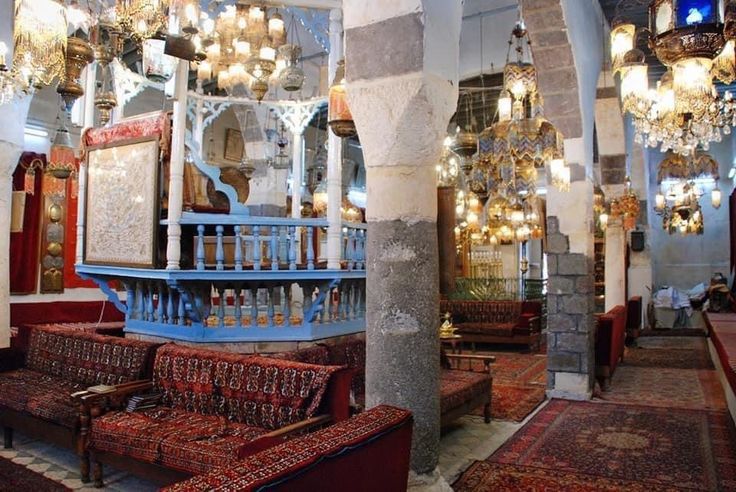
Jubar Synagogue
Located in the eastern suburb of Damascus, this is considered the oldest Jewish monument in Syria. Tradition dates back to 720 BCE when the Prophet Elijah found refuge in a

Located in the eastern suburb of Damascus, this is considered the oldest Jewish monument in Syria. Tradition dates back to 720 BCE when the Prophet Elijah found refuge in a
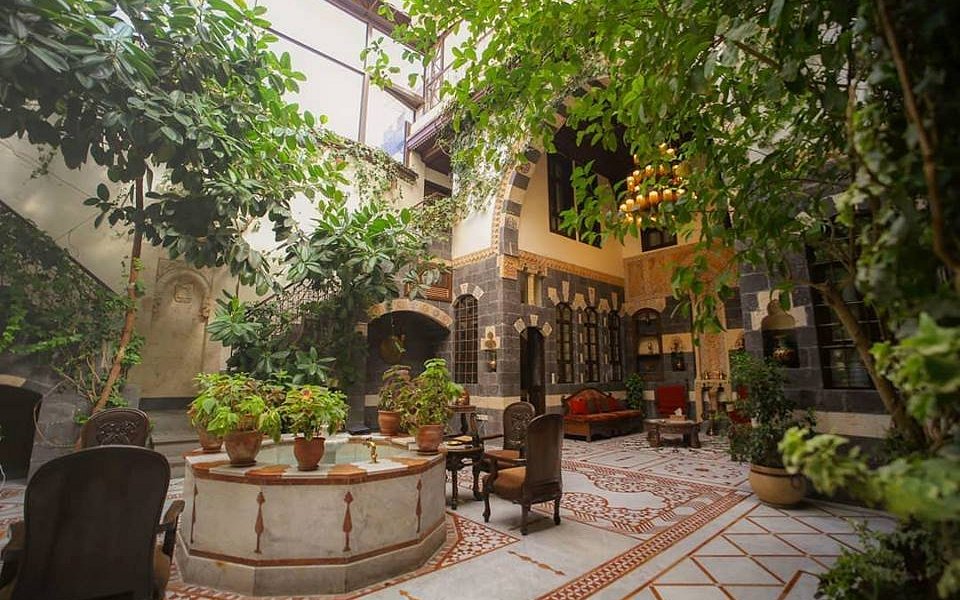
Beit Al-Wali exemplifies the successful transformation of Damascene houses into luxurious hospitality establishments that preserve the spirit of the place. The original building dates to the 18th century when the
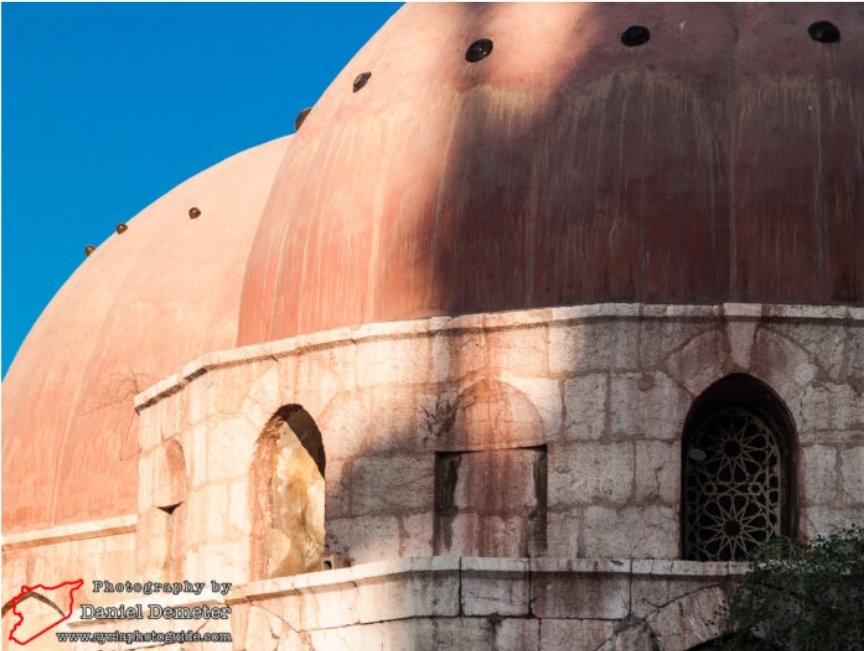
The Rukniyah School is situated on the slopes of Mount Qasioun in the Kurdish Quarter, built by Prince Rukn al-Din Mankurus in 1224 CE as a center for education and

Along the pilgrimage route in the Al-Midan district, the Al-Daqqaq Mosque stands, a vibrant testament to Mamluk memory since 718 AH / 1318 CE. Founded by the judge Karim al-Din
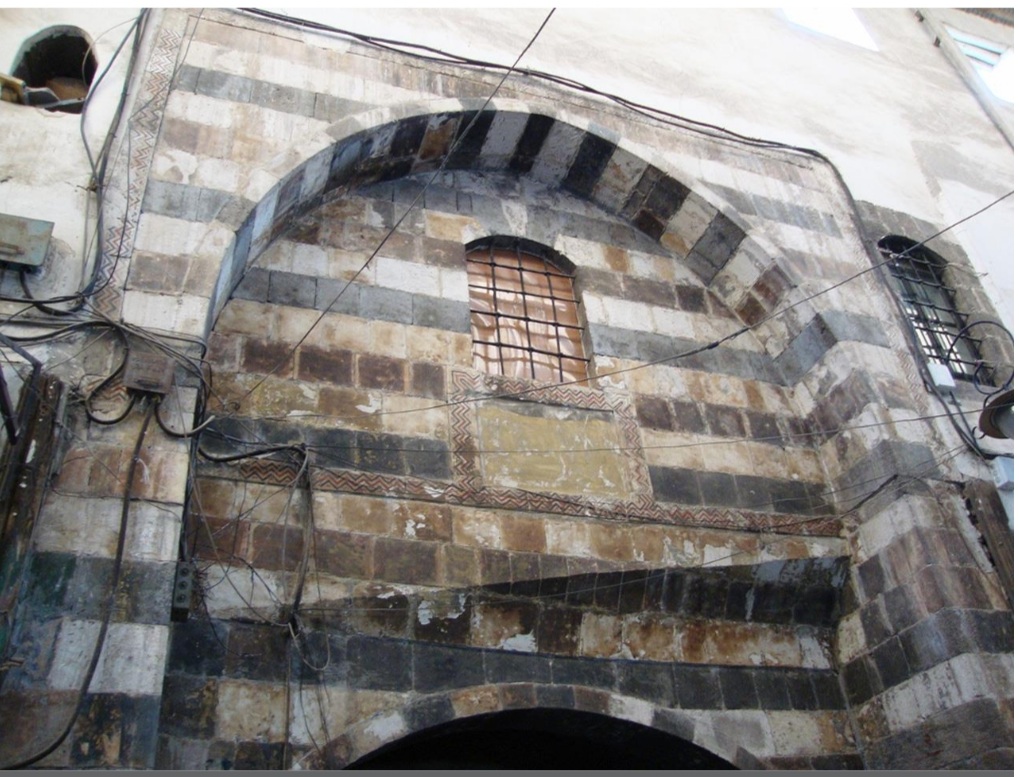
Nestled within the alleys of Souk Al-Buzuriyeh is Khan Al-Ruzz (Rice Caravanserai), constructed in the 17th century to serve rice and wheat merchants arriving from the coast. The khan comprises
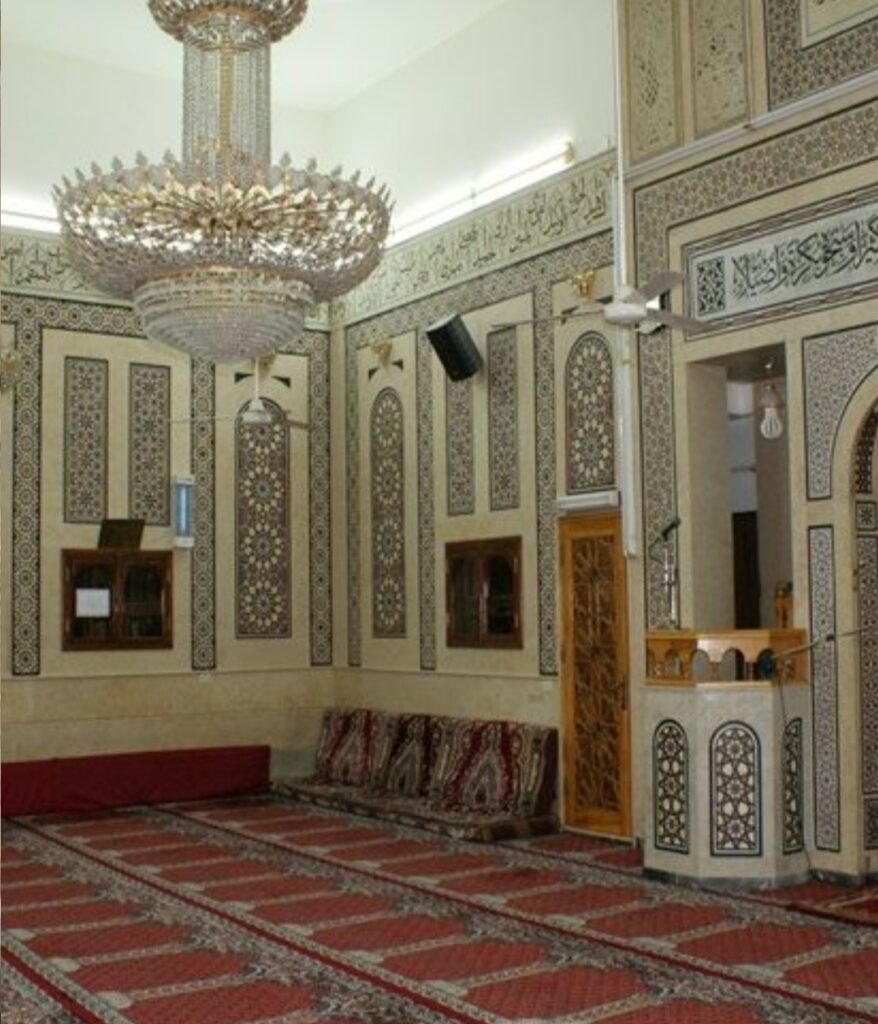
Mujahid al-Din ibn Bazan established his school in 1142 CE outside Bab Al-Faradis, becoming the nucleus of the northern district. The Zangid design showcases the simplicity of its limestone walls,
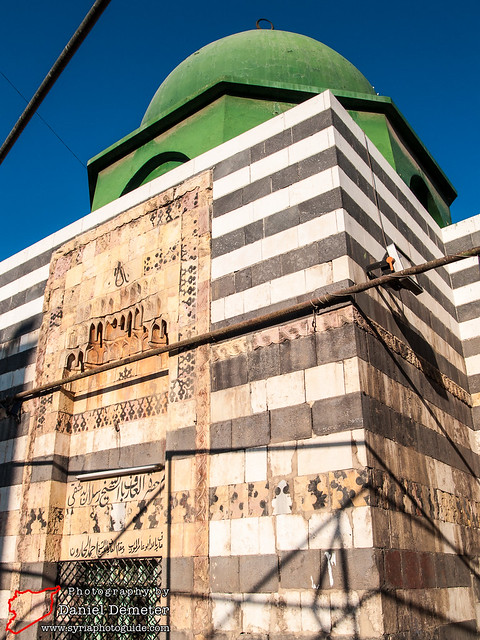
Outside Bab Touma, the Sheikh Raslan Mosque stands as a Sufi pilgrimage site since the 12th century. It was founded around the tomb of a Damascene craftsman who transformed into
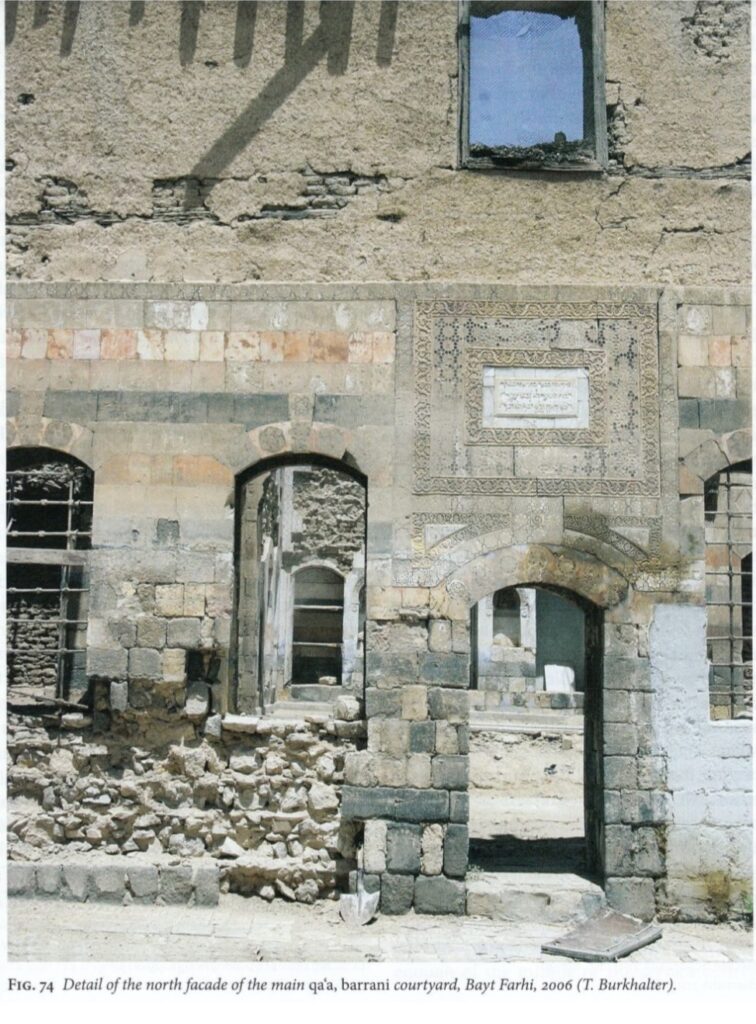
Beit Farhi is considered one of the most significant Jewish houses in Old Damascus, constructed by the immensely wealthy Sephardic merchant Weitzel Farhi in the late 18th century within the
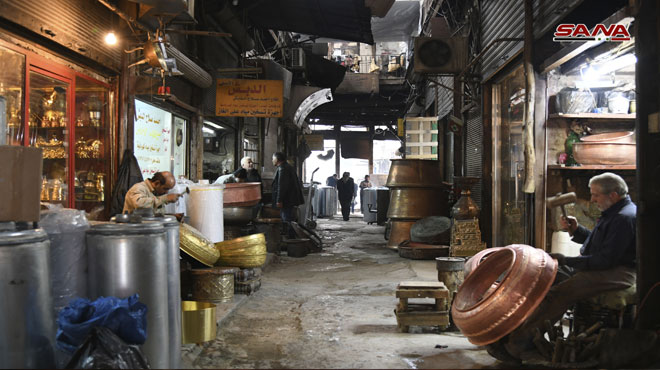
Extending alongside the western wall of Damascus Citadel, Souk Al-Nahhasin (Coppersmiths’ Market) embodies the city’s connection to metalworking since the Mamluk era. The market was founded in the 15th century
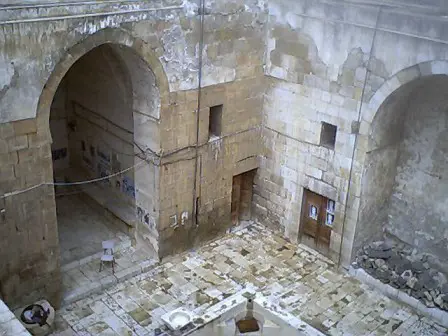
In the Al-Salihiyah district, north of the Damascus wall, stands the Qaymari Bimaristan, a testament to the evolution of Islamic medicine in the 7th century AH (13th century CE). Prince

جميع الحقوق محفوظة لصالح JCI Aleppo
All rights reversed to JCI Aleppo